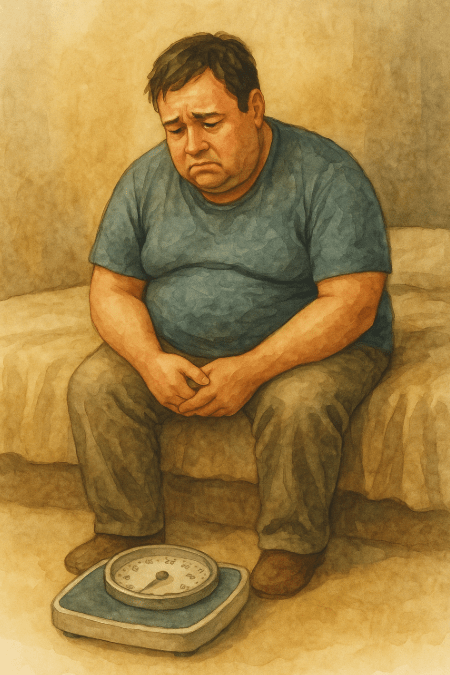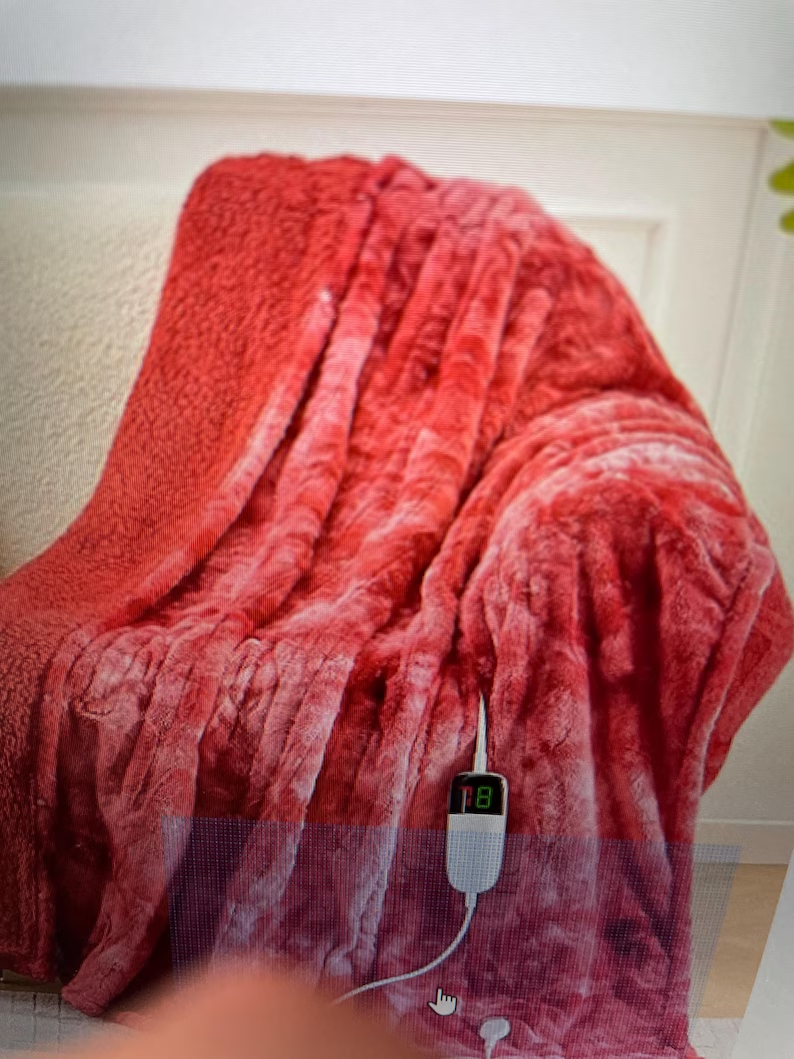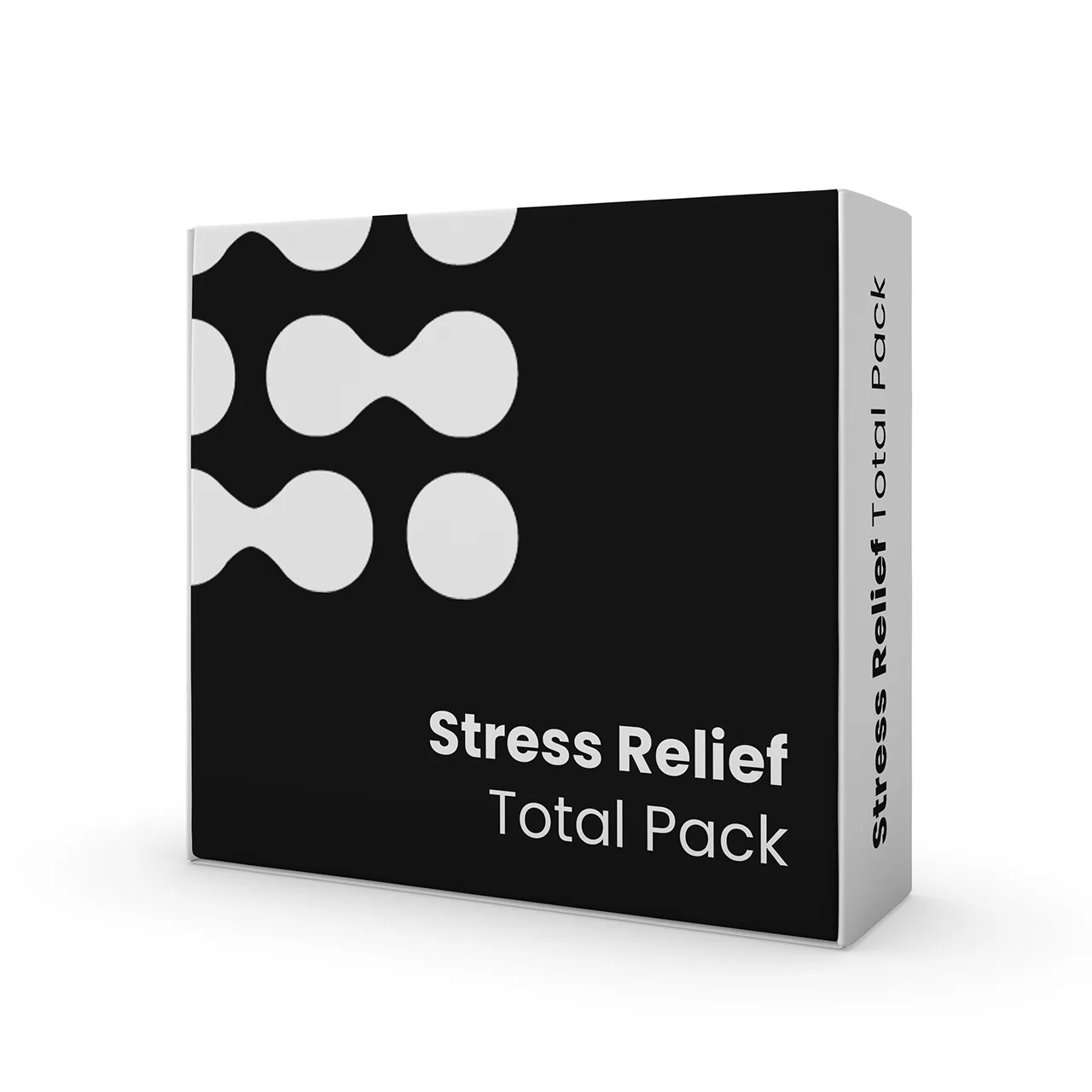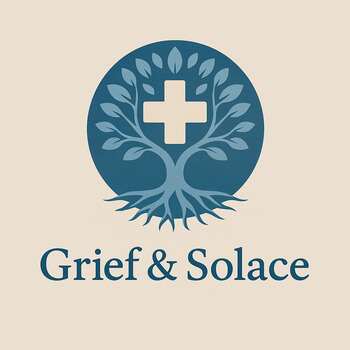Grieving Weight Disorders: Mourning the Body That Was Never Safe
Grief with weight disorders is buried in shame, obsession, and silence mourning every bite, every glance, and every inch never deemed enough.

This post blends real grief with grounded knowledge. It isn’t clinical. It isn’t distant. It’s meant to sit beside you—not above you. The story you’ll read is meant to reflect what so many feel when living through or witnessing this condition: confusion, exhaustion, and quiet forms of courage.
If what you read feels familiar, please speak with your doctor. Your pain deserves more than silence.
She Spent Her Life Apologizing for Her Shape
He never liked having his picture taken. Not because of the flash, but because he felt lost when it came to positioning his body. Shoulders hunched, stomach pulled in, hands shoved in pockets … he held his breath, wishing the shutter would somehow erase the shame lurking in the frame.
He learned early on that boys weren’t supposed to worry about their weight. So, he remained silent while numbers on the scale began to dominate his thoughts. Whether the figure went up or down didn’t matter; every pound felt like a judgment.
There were times he starved himself, labeling it “discipline.” Other times, he devoured everything in sight, only to purge it later and sob silently. What he resented wasn’t the food itself; it was the meaning behind it. It signified a loss of control, worth, and the notion of masculinity that never had space for him.
Overview
Eating disorders are behavioral health conditions marked by severe and persistent disturbances in eating behaviors, accompanied by distressing thoughts and emotions. They can affect any gender, though are most common in adolescents and young adult women. Many disorders center around food preoccupation, body image, or fear of weight gain, and may co-occur with anxiety, depression, OCD, and substance use disorders.
These disorders can be life-threatening, with anorexia nervosa carrying one of the highest psychiatric mortality rates second only to opioid addiction.
Disorders and Their Clinical Signatures
He lifted weights in secret and skipped meals in public. When his friends asked if he was hungry, he lied, saying he wasn’t, even though he was perpetually starving … not for calories, but for forgiveness. He yearned to hear someone say, “You’re allowed to exist exactly as you are.” But that voice never reached him.
Doctors overlooked his struggles because he “looked fine.” They dismissed his issues because he was a man. In their minds, eating disorders had a specific shape, and he didn’t fit it. He cycled through labels: Anorexia, Bulimia, Binge Eating, ARFID. Each one resonated at times, but none encapsulated the entirety of his pain.
What remained constant was the conflict … between the mirror and his mind, between body and belief, between survival and a part of himself that felt unworthy of being here if he couldn’t be small.
2. Bulimia Nervosa
– Core features: Binge eating plus compensatory behaviors (vomiting, laxatives, over-exercise)
– Symptoms: Normal or slightly low/high weight, swollen cheeks, tooth erosion, frequent bathroom visits
– Complications: Esophageal rupture, cardiac arrhythmias, metabolic disturbances
– Treatment: CBT, antidepressants (e.g., fluoxetine), family-involved therapy
He spent years at war with hunger, never realizing that peace wasn’t about control; it was about granting himself permission. And when he finally stopped apologizing, his body whispered back, “Thank you.”
1. Anorexia Nervosa
– Core features: Self-starvation, low weight, intense fear of fatness
– Subtypes:
– Restricting Type: Severe dieting, fasting, or over-exercise
– Binge/Purge Type: Occasional binges with purging behaviors
– Symptoms: Amenorrhea, cold intolerance, brittle nails/hair, muscle loss, GI issues, stress fractures
– Complications: Electrolyte imbalance, heart arrhythmias, bone loss, death
– Treatment: Nutritional rehab, weight restoration, family-based therapy, inpatient care when severe
He continued to apologize. For eating, for not eating, for occupying space, for trying to shrink, for growing again, for simply existing in a way that felt wrong.
Then, one night, he broke … not in a dramatic fashion. Alone in his car, eating in secret once more, something inside him quietly declared, “Enough.”
He sought help, doing so quietly and feeling ashamed for needing assistance. Yet, help arrived in the form of a group, a therapist, and a meal plan that felt less like punishment and more like nourishment.
It’s not perfect; it’s not fixed… But now he shares meals with others, sitting at the table and breathing. He looks at himself in the mirror long enough to truly see.
Though he hasn’t yet taken a full-body photo, he’s contemplating it…
4. Avoidant/Restrictive Food Intake Disorder (ARFID)
– Core features: Extremely selective eating without body image concerns
– Triggers: Sensory aversions, past food trauma (e.g., choking), low appetite
– Symptoms: Weight loss, nutritional deficiency, dependence on feeding supplements, social interference
– Treatment: Multidisciplinary (dietitian, psychologist), family education, exposure therapy
3. Binge Eating Disorder (BED)
– Core features: Frequent binge episodes without compensatory behaviors
– Symptoms: Rapid eating, eating when not hungry, guilt/shame, weight gain
– Complications: Obesity, diabetes, cardiovascular disease
– Treatment: CBT, interpersonal therapy, lisdexamfetamine, SSRIs
5. Other Specified Feeding or Eating Disorder (OSFED)
– Core features: Disordered eating causing impairment but not meeting full criteria for other types
– Examples:
– Atypical anorexia (significant weight loss without reaching underweight BMI)
– Sub-threshold bulimia or BED
– Treatment: Tailored therapy based on symptom profile, often using anorexia/bulimia protocols
6. Pica
– Core features: Persistent eating of non-nutritive, non-food substances (e.g., chalk, hair, dirt)
– Onset: Most common in childhood or with developmental disabilities
– Complications: Intestinal obstruction, lead poisoning
– Treatment: Nutritional correction, behavioral therapy, safety management
7. Rumination Disorder
– Core features: Repetitive regurgitation and re-chewing of food
– Not caused by: GI condition or another eating disorder
– Seen in: Infancy through adulthood, often in neurodivergent individuals
– Treatment: Behavior therapy, supportive nutritional monitoring
Living With It (Grief & Solace Interpretation)
Eating disorders are not about vanity—they are about control, pain, fear, shame, and silence.
They thrive in mirrors and numbers. They hide behind compliments. They punish joy. Some begin with a diet. Others begin with trauma. Most begin quietly.
The grief they carry isn’t always visible. It’s the grief of missed meals and missed milestones. Of friendships weakened by secrets. Of bones that break before their time. Of a brain at war with its own body.
But recovery is not impossible. It is sacred, personal, messy work. It requires softness in place of shame, and nourishment in place of fear. No one chooses an eating disorder—but you can choose to survive it.
And that choice doesn’t have to be made alone.
I know this is heavy, and I understand that the road ahead may feel like a tangle of loss and unanswered questions. But please hear this: you are not broken because you are hurting; you are not weak because you are afraid. You are living through something real, and survival itself is a kind of grace. You are allowed to struggle, you are allowed to hope, and you are allowed to not have all the answers today. Whatever comes next, you do not face it empty-handed; you carry every moment of love that shaped you, and that will always be enough to keep going.
🎀 Gifts to help With Weight Disorders
🏥 Everyday Comforts for Everyday Battles
Managing Weight Disorders often means needing a little extra help.
Sometimes it’s about restoring dignity, ease, or simply getting through the day with less pain.
These carefully chosen tools aren’t just items; they’re small bridges back to living.
This section is about finding practical support, never shame.
Heated Plush Throw Blanket – Safety and Softness for the Body That Feels Wrong to Hold
Weight disorders bring cold. Physically from malnutrition, emotionally from shame. This soft heated throw delivers warmth without judgment—perfect for late-night spirals, therapy recovery, or just wrapping around a frame that feels too much or not enough. Not medical. Not diagnostic. Just comfort you don’t have to earn.
🌿 Paths to Healing Beyond the Map
Sometimes traditional medicine isn’t enough.
If you’re exploring gentle, alternative options to help with Weight Disorders,
you might find comfort in plant-based compounds like **CBD or CBG**.
*This section is not medical advice, just a door left open.*
USA Medical Stress Nervous System Support for the Mind That Won’t Turn Off
Behind every food battle is a fight with anxiety, shame, or trauma. This Pack blends CBD, calming botanicals, and nervous system regulation to help quiet obsessive thoughts and promote rest. It won’t heal the disorder. But it may offer stillness between the noise.
Need a Different Path Forward?
Every journey through grief looks different. Choose the next step that speaks to where you are now:
When You're Ready to Start Healing
Healing doesn’t mean forgetting.
It means finding small ways to carry your grief with strength and grace.
These are the stories, tools, and gentle steps to begin walking forward…at your own pace.
When You're Still in the Thick of It
Sometimes healing feels like a lie.
If you’re not ready to move on…if the pain still roars louder than the world wants to hear…this is the place where you’re allowed to feel it.
No sugarcoating. No pretending. Just truth.
When You're Holding on to Who’s Still Here
Grief reminds us to love louder.
If someone you love is still with you, this is your place to celebrate them, honor them, and create new memories while there’s still time.
Joy and sorrow can live side by side.






